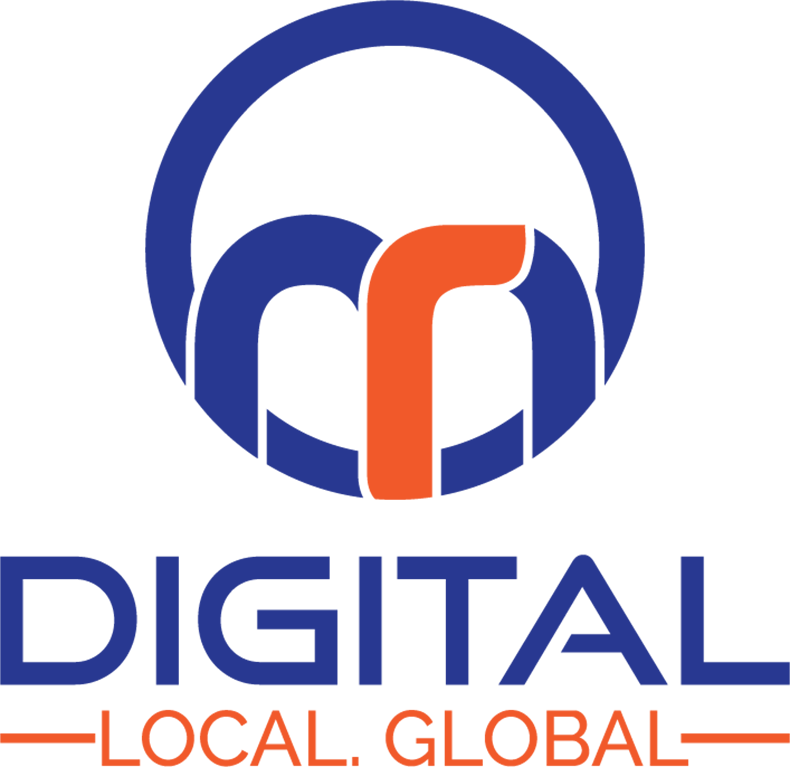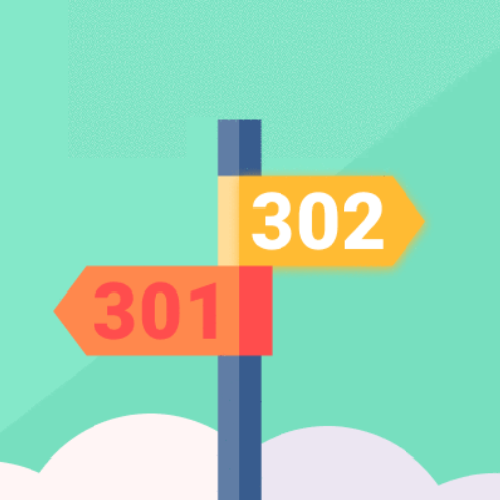Contact Us
Related Posts
Category
Search engine optimization
Realizing how to get your product, page or business noticed by explorers is a key skill for a social media marketer, and learning how SEO is changing can keep you on top of the competition. While SEO varies in subtle steps regularly, its core values remain constant. Since Google’s introduction in the early 1990s, we can divide SEO into three categories:
- On-Page Optimization
- Technical Optimization
- Off-Page Search Engine Optimization
Technical optimization is the method of performing work on the web that is not linked to information but is intended to enhance SEO. It always occurs behind the curtains.
On-page optimization relates to the procedure of maintaining that the web site’s quality is relevant and offers a pleasant experience for users. It involves using a content management system to aim the keyword phrases within your material.
A Content Management System, or CMS, is software that helps you maintain your website. It’s where webpage information, including text, photos, and clips, can be published or changed. A content management system (CMS) can be used to build SEO-friendly page layouts. A CMS will generally have a user-friendly framework and, in some situations, slide support for speech bubbles and pictures, enabling you to create your page templates quickly.
Off-Page Optimization is the method of improving the web’s search engine rankings by engaging in activities that take place outside of it. Backlinks, which help to establish the site’s credibility, are a big part of it.
Search engine algorithms are software programs that check for hints to provide the explorer with the exact results they seek. Techniques are used by search results to identify websites and determine which ones to list for a particular word.
The workings of search engines are broken down into three steps:
- Crawling is the method of exploring the themes and ideas of a webpage.
- Indexing involves listing a page in a search engine’s server and linking it to specific topics.
- Ranking: deciding the order in which search results are displayed related to the search criteria and trends contained in the search engine server.
Crawling
Crawling is the very first stage. Web crawlers are sent out by search results to discover new sites and record data about them. Such web crawlers are often referred to as “spiders” or “robotic systems.” Their goal is to find a new website and to review the content of websites they’ve already explored to see if it’s modified or improved.
Search engines crawl websites by observing previously found connections. Whenever a web browser crawls your website, it may check for another connection to find and will follow the link to your new article if you have an article linked from your landing page. Certain web pages are often told not to be crawled by search engines, resulting in their deletion from the database.
Indexing
Indexing is a method of organizing information. Indexing is the next step. If a search engine determines whether or not to include the links it has crawled, it is called indexing. A search engine can add a crawled web address to its database if it is considered great.
This index is being used in the final stage of rating. When a website or type of content is registered, it is recorded and saved in a server from which it can be accessed at a later time. The index contains the majority of web pages that have interesting and special material.
Ranking
Probably the most crucial stage is, ranking. Search engines filter or rate the outcomes for any particular word to provide the most useful and effective responses to the seeker. After the first two stages are completed, the ranking will begin. Your site will be ranked after it has been crawled and processed by a web browser.
Search engines use over 160 ranking signals to filter and rate information, all of which come under the three pillars of SEO: technological optimization, on-page optimization, and off-page optimization. The inclusion of keywords in the subject line, the loading speed of the homepage, and the prestige of the websites are all instances of indicators that search engines use to rate websites.
Search engine optimization
Realizing how to get your product, page or business noticed by explorers is a key skill for a social media marketer, and learning how SEO is changing can keep you on top of the competition. While SEO varies in subtle steps regularly, its core values remain constant. Since Google’s introduction in the early 1990s, we can divide SEO into three categories:
- On-Page Optimization
- Technical Optimization
- Off-Page Search Engine Optimization
Technical optimization is the method of performing work on the web that is not linked to information but is intended to enhance SEO. It always occurs behind the curtains.
On-page optimization relates to the procedure of maintaining that the web site’s quality is relevant and offers a pleasant experience for users. It involves using a content management system to aim the keyword phrases within your material.
A Content Management System, or CMS, is software that helps you maintain your website. It’s where webpage information, including text, photos, and clips, can be published or changed. A content management system (CMS) can be used to build SEO-friendly page layouts. A CMS will generally have a user-friendly framework and, in some situations, slide support for speech bubbles and pictures, enabling you to create your page templates quickly.
Off-Page Optimization is the method of improving the web’s search engine rankings by engaging in activities that take place outside of it. Backlinks, which help to establish the site’s credibility, are a big part of it.
Search engine algorithms are software programs that check for hints to provide the explorer with the exact results they seek. Techniques are used by search results to identify websites and determine which ones to list for a particular word.
The workings of search engines are broken down into three steps:
- Crawling is the method of exploring the themes and ideas of a webpage.
- Indexing involves listing a page in a search engine’s server and linking it to specific topics.
- Ranking: deciding the order in which search results are displayed related to the search criteria and trends contained in the search engine server.
Crawling
Crawling is the very first stage. Web crawlers are sent out by search results to discover new sites and record data about them. Such web crawlers are often referred to as “spiders” or “robotic systems.” Their goal is to find a new website and to review the content of websites they’ve already explored to see if it’s modified or improved.
Search engines crawl websites by observing previously found connections. Whenever a web browser crawls your website, it may check for another connection to find and will follow the link to your new article if you have an article linked from your landing page. Certain web pages are often told not to be crawled by search engines, resulting in their deletion from the database.
Indexing
Indexing is a method of organizing information. Indexing is the next step. If a search engine determines whether or not to include the links it has crawled, it is called indexing. A search engine can add a crawled web address to its database if it is considered great.
This index is being used in the final stage of rating. When a website or type of content is registered, it is recorded and saved in a server from which it can be accessed at a later time. The index contains the majority of web pages that have interesting and special material.
Ranking
Probably the most crucial stage is, ranking. Search engines filter or rate the outcomes for any particular word to provide the most useful and effective responses to the seeker. After the first two stages are completed, the ranking will begin. Your site will be ranked after it has been crawled and processed by a web browser.
Search engines use over 160 ranking signals to filter and rate information, all of which come under the three pillars of SEO: technological optimization, on-page optimization, and off-page optimization. The inclusion of keywords in the subject line, the loading speed of the homepage, and the prestige of the websites are all instances of indicators that search engines use to rate websites.






